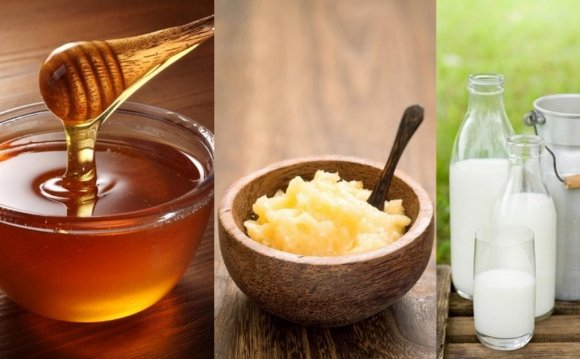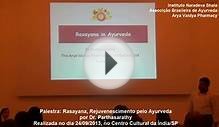
Q: It is our great honor and privilege today to be able to interview our renowned ayurvedic expert, and to ask him to tell us the full story of Amrit, the queen of all Ayurvedic Rasayanas for promoting perfect health, total bliss, and longevity. Could you begin by telling us something about the origin of Amrit?
A: There is a beautiful narration in Indian mythology that serves as the perfect analogy for how Amrit came into being. The story is called "Samudra Manthan-The Churning of the Ocean" — and this is how it goes. Once, in ancient times, humanity was steeped in suffering. The Devas and the Asuras, the gods and the demons, got together and made a solemn resolve in the deepest level of their consciousness to find a solution for the suffering. Together they churned the mighty ocean, from where they had been told relief would appear. And when they churned the waters, Amrit — the Nectar of Immortality — appeared. And with the precious gift of Amrit, all of humanity recovered its health and happiness. Many millennia later, in the 1980s, when the stresses of the modern lifestyle were beginning to seriously impact the well-being of people everywhere — stress from the environment, stress from time pressures, emotional stress, mental stress, physical exhaustion — Maharishi Mahesh Yogi, founder of the Transcendental Meditation® program, gathered together the most eminent ayurvedic scholars and physicians of the time to see what could be done to alleviate people's suffering. One of the first things to emerge from these collective deliberations was a powerful Rasayana to nourish mind, body and spirit in a very holistic and balanced way. Appropriately, Maharishi decided to name this Rasayana Amrit. Amrit represents the essence of the supreme knowledge in the ancient ayurvedic texts. That's why, for a traditional ayurvedic vaidya like me, the wide range of benefits Amrit offers is hardly surprising.
Q: Beautiful. You just said that Amrit is a powerful Ayurvedic Rasayana. Could you explain what exactly an Ayurvedic Rasayana is?
A: Good question. One of the primary goals of ayurveda is Swaasthasya Rakshanam — preserving health — and Rasayanas are considered the primary method for maintaining health and vigor. Literally translated, a Rasayana is "that which enters the essence" — in other words, that which promotes health and longevity. The Sanskrit definition for a Rasayana is Yat Jara Vyadhi Nashanam Tat Rasayanam — "that which negates old age and disease." There are many individual fruits, herbs and spices in ayurveda that are considered Rasayanas. For example, the main two fruit ingredients in Amrit, Indian Gooseberry (Amla) and Indian Gallnut (Chebulic Myrobalan), are both deemed premier Rasayanas in the category of fruit. If you read ayurvedic texts, it is clear that these two fruits can help towards a long, happy, healthy and blissful life. They promote bliss in body, mind, spirit and senses. Turmeric and Long Pepper (Pippali) are Rasayanas in the category of spices, well known for their healing properties. We have another entire group of Rasayana herbs called Medhya Rasayanas. Medhya refers to the mind and intellect. The Medhya group of herbs helps promote the ability to learn, retain and recall information. One such herb in Amrit is Indian Pennywort or Gotu Kola, which we sometimes call Brahmi. Shankapushpi, or Aloeweed, which is also an ingredient in Amrit, is another Medhya Rasayana. What is so great about Amrit is that it is actually a "Rasayana of Rasayanas" — what you could call a "super" Rasayana. It incorporates all the best qualities of the best herbs in ayurveda, in a synergy that is able to deliver all of the benefits that researchers are beginning to tabulate.
RELATED VIDEO












